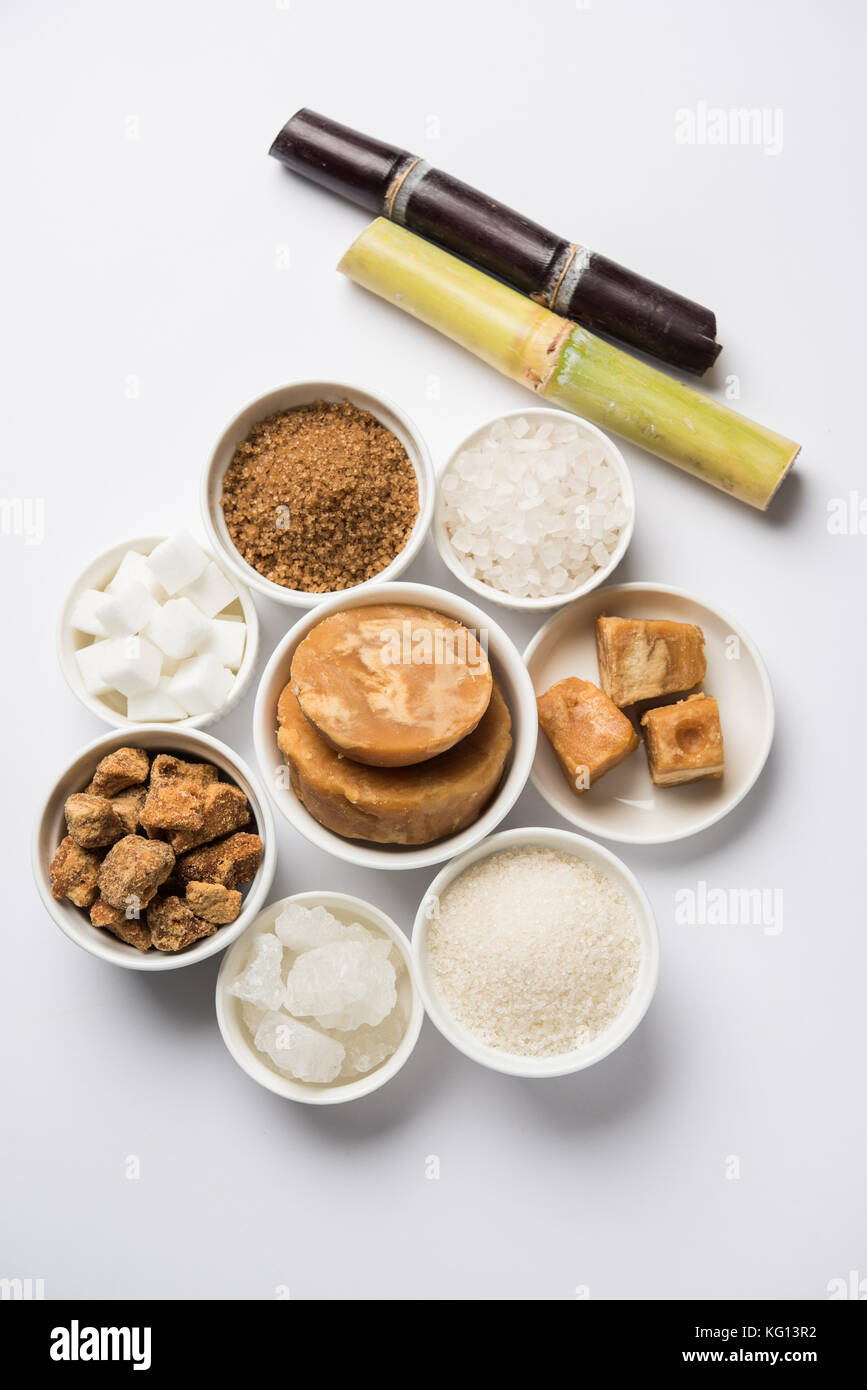The Journey of Sugarcane: From Harvest to Everyday Products
The trip of sugarcane is a diverse procedure that starts with meticulous cultivation and culminates in a selection of products that penetrate our daily lives. As we explore the different facets of sugarcane's journey, its role in sustainability and the more comprehensive ramifications for our environment come right into sharper focus.
Growing of Sugarcane
The cultivation of sugarcane is an essential farming process that needs specific ecological conditions and administration practices. Ideal growth happens in subtropical and tropical areas where temperatures vary in between 20 ° C and 32 ° C. Adequate rainfall or irrigation is important, as sugarcane grows in damp dirt with well-drained conditions (sugarcane product). Soil top quality considerably affects return; thus, farmers typically carry out dirt examinations to establish nutrient needs
This approach facilitates efficient harvesting and optimizes sunshine exposure. Crop rotation and intercropping are recommended practices to enhance soil fertility and reduce bug infestations.
Timely application of these fertilizers can significantly boost sugar yields. Overall, effective sugarcane cultivation pivots on a combination of ecological stewardship, calculated planning, and recurring management techniques.
Gathering Techniques
Effective sugarcane cultivation finishes in the harvesting stage, which is critical for making the most of return and guaranteeing high quality. The timing of the harvest is vital; sugarcane is typically collected when sucrose levels height, usually in between 10 to 18 months after growing. This period differs based on environment, dirt type, and sugarcane range.
Collecting methods can be generally categorized into handbook and mechanical approaches. Manual harvesting is labor-intensive, relying upon experienced workers that use machetes to reduce the stalks short. This approach enables discerning harvesting, where only the ripest walking canes are chosen, thus boosting total sugar content.
Conversely, mechanical harvesting has actually gotten popularity due to its performance and cost-effectiveness. Specialized farmers geared up with cutting blades and conveyor systems can refine large areas rapidly, considerably lowering labor prices. However, this method may bring about the addition of immature walking sticks and a prospective decline in sugar top quality.

No matter the technique employed, ensuring that collected walking canes are transported swiftly to refining facilities is vital. Trigger handling reduces perishing and maintains the honesty of the sugarcane, setting the stage for optimum handling.
Processing Methods
Handling sugarcane includes several crucial actions that change the harvested stalks right into functional products, primarily sugar and molasses. The preliminary stage is washing the walking cane to eliminate soil and particles, complied with by the removal of juice with squashing or milling. This process typically employs hefty rollers that break the walking cane fibers to release the sweet liquid had within.
As soon as the juice is drawn out, it undergoes information, where contaminations such as dirt fragments and bagasse are gotten rid of. This is commonly accomplished by including lime and heating up the juice, permitting sedimentation. The cleared up juice is after that concentrated via dissipation, where water content is lowered, resulting in a thick syrup.

Eventually, the handling of sugarcane not only generates sugar and molasses but likewise lays the foundation for different by-products, which will certainly be explored in subsequent conversations.
Products Derived From Sugarcane
Sugarcane is a versatile crop that generates a wide variety of items past just sugar and molasses. Among the main byproducts are ethanol and biofuels, which have actually gotten prominence as renewable resource resources. Ethanol, produced through the fermentation of sugarcane juice, works as a different to fossil fuels and is commonly blended with gas to produce cleaner-burning gas, lowering greenhouse gas emissions.
Additionally, sugarcane is a significant source of bagasse, the coarse deposit continuing to be after juice extraction. Bagasse is utilized in various applications, including the production of paper, naturally degradable packaging, and as a biomass fuel for power generation. Its usage not just reduces waste but also boosts the sustainability of sugarcane processing.
In addition, sugarcane-derived products include the food sector, where it works as a natural flavor representative and sweetener in different culinary applications. In the realm of cosmetics, sugarcane essences are included into skincare items as a result of their all-natural exfoliating residential properties.
Environmental Influence and Sustainability
The growing and processing of sugarcane have significant effects for environmental sustainability. This crop calls for considerable water resources, often causing exhaustion of local water products and impacting surrounding ecological communities. Furthermore, the use of plant foods and pesticides in sugarcane farming can result in soil deterioration and river contamination, positioning threats to biodiversity.
Sustainable sugarcane farming likewise advertises soil wellness through crop turning and reduced tillage, boosting carbon sequestration. The fostering of these practices not only sustains ecological integrity however additionally improves the durability of farming areas versus climate modification.
Final Thought
In recap, the trip of sugarcane encompasses different phases from cultivation to processing, eventually leading to a vast array of products. The relevance of sugarcane expands past plain sweeteners, adding to sustainable power via ethanol manufacturing, lasting product packaging linked here via bagasse, and natural extracts for cosmetics. This diverse plant plays an essential role in both dietary enrichment and environmental sustainability, highlighting its significance in contemporary agricultural and industrial methods.
Successful sugarcane growing culminates in the collecting stage, which is essential for maximizing yield and ensuring quality. The timing of the harvest is essential; sugarcane is generally gathered when sucrose levels peak, normally in between 10 to 18 months after growing.Processing sugarcane involves several crucial steps that change the collected stalks right into functional products, mostly sugar and molasses.Sugarcane is a functional crop that yields a wide array of items beyond just sugar and molasses. Additionally, the usage of fertilizers and pesticides in sugarcane farming can result in soil deterioration and river contamination, positioning risks to biodiversity.